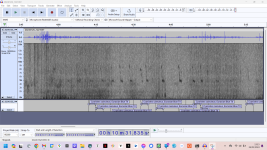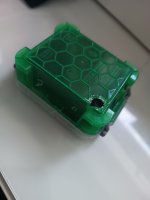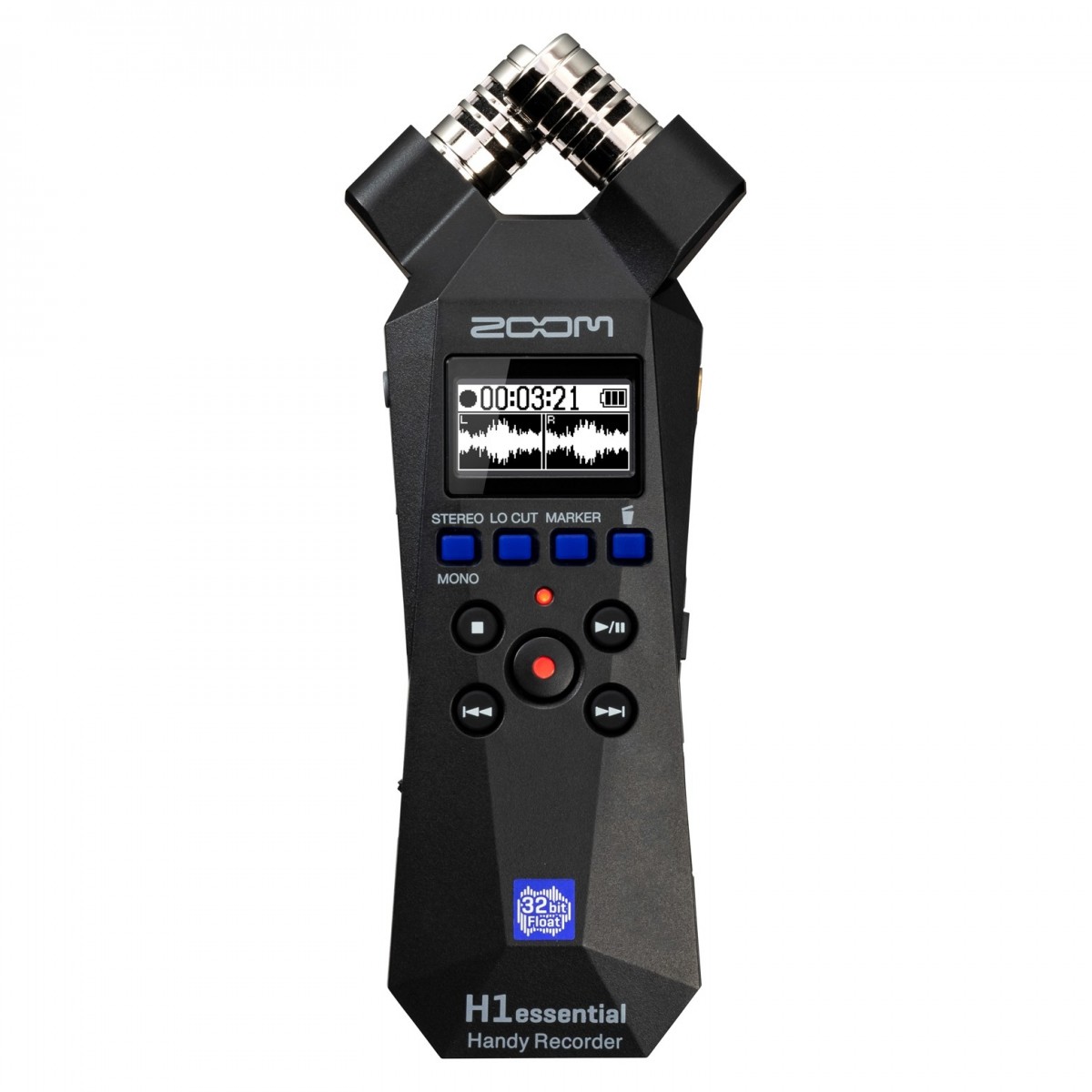Hmm, Audiomoth on it's default mode, didn't work at all well while on the move, (due to footsteps /rustling) but fine if I stopped to listen.I have a Zoom H2 recorder and a Comica shotgun mic.
(The mic was about £60 and the Zoom H2 is an older model and probably around £60 used nowadays)
I often record while out birding, or listen thru cheap earphones.
Amazing how much more birdsong it can detect compared to my ears.
Another option would be an Audiomoth. Although these are designed for static deployments, I'm sure it could be used whilst walking. I'll give it a try on my dog walk tomorrow if I remember, and feedback the results!
Battery life is very good on this device, but I do find them fiddly, and very basic.
Could work though.
Screenshot is after running the audio file thru Birdnet-analyser, then opening the audio file and birdnet-analyser generated label file in Audacity, which does look really good, and makes going back to the calls really easy.
Other pic of audiomoth in home made water resistant housing
Attachments
Last edited:









